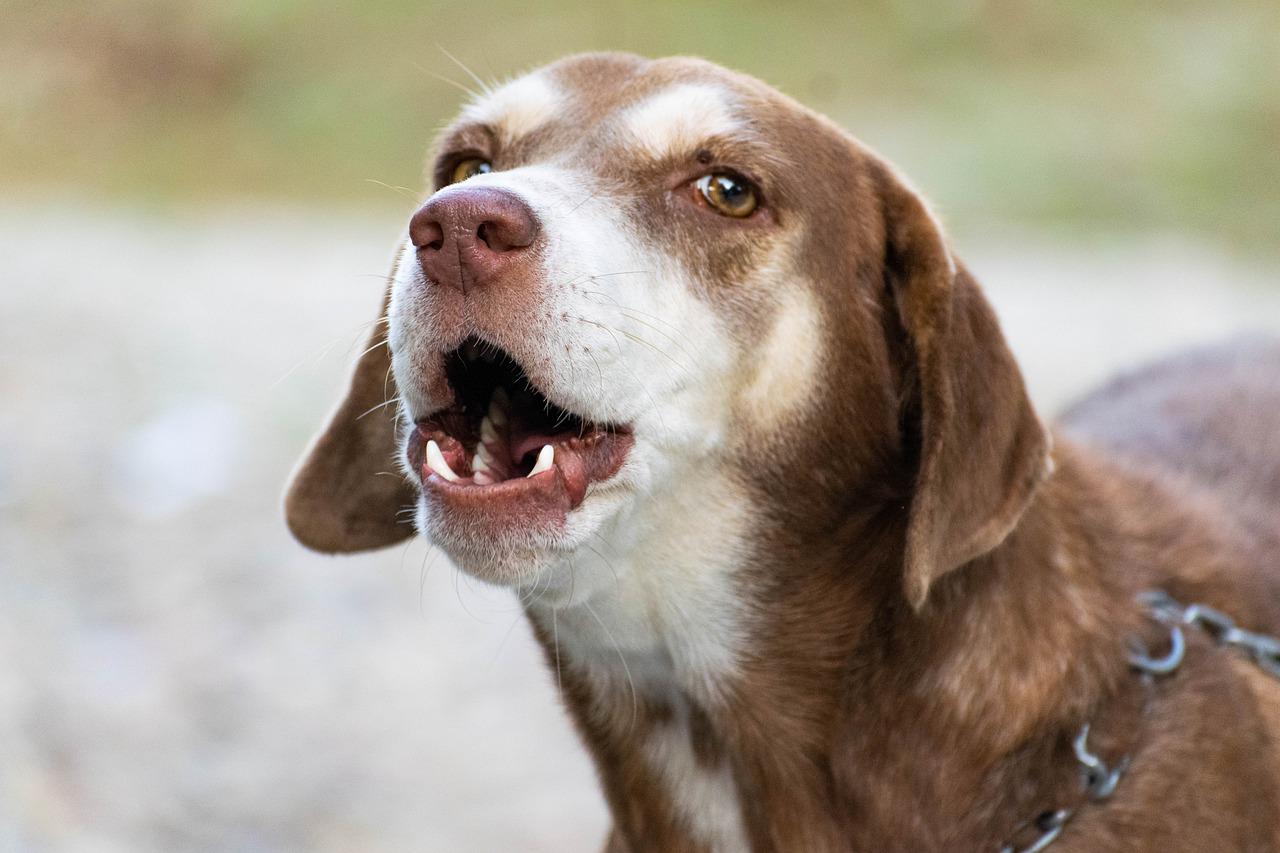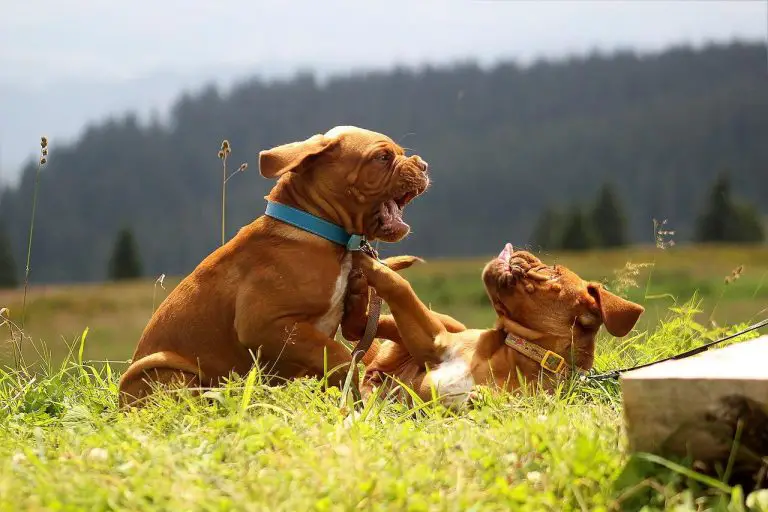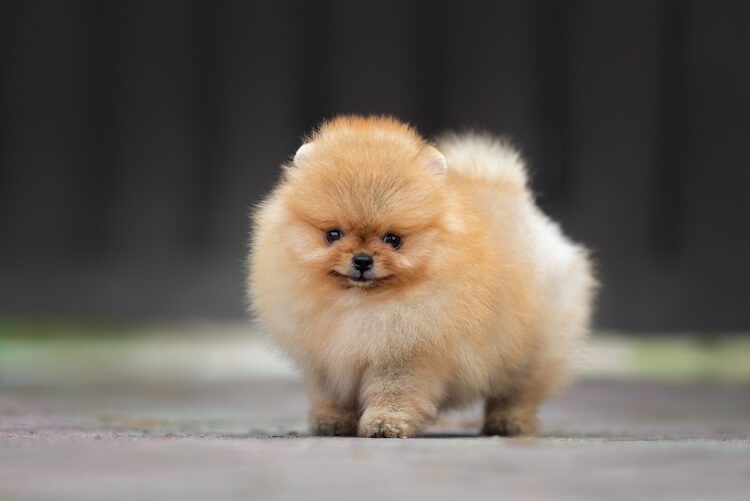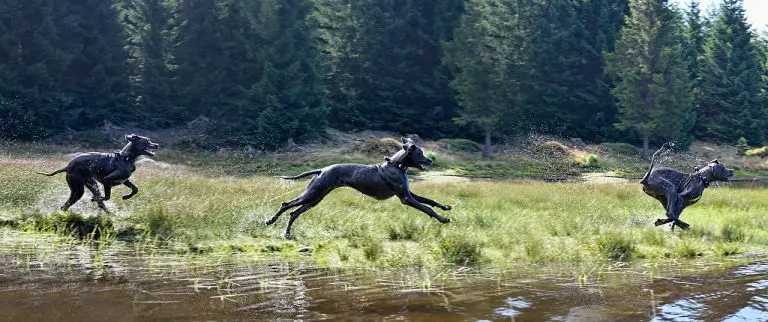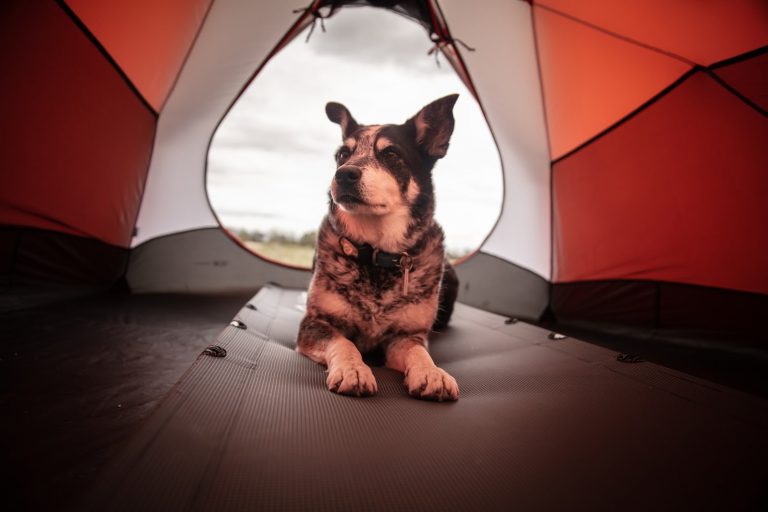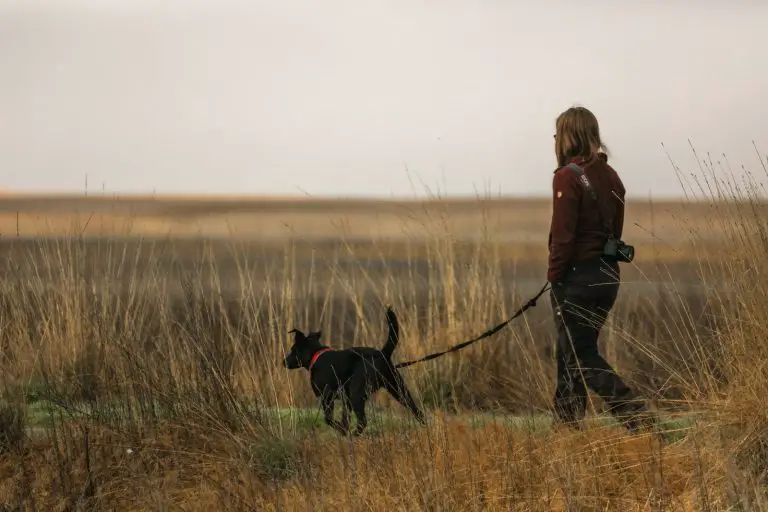If you own a dog and vacuum your home regularly, then you might have noticed your dog barking every time you take out your vacuum cleaner. If this behavior is quite common in your home, then you have probably asked yourself, “why do dogs bark at vacuums?”
Well, dogs are terrified of vacuum cleaners and show various signs of distress once they see the vacuum cleaner. This includes constant barking, as well.
While you may be aware of your dog is scared of the vacuum cleaner, many pet owners are oblivious. There can be other reasons as well because of which your dog might be barking at vacuums. Hence, it’s essential to recognize whether your dog is scared or not.
Dogs reactions can extend from entering attack-mode to running away out of fear or even hiding, peeing, barking, or urinating. While in many cases, the phobia is somewhat manageable or mostly completely curable, other times, it can be challenging to get your loyal friend under control.
Comprehending the reason behind your dog’s fear is half the battle, and as an owner, it’s challenging to figure out the reason behind this behavior.
Considering vacuum cleaners are a necessary evil, the ideal way to make sure your fluffy friend doesn’t behave in a distressed manner on cleaning day is to train it to make positive associations with the vacuum cleaner.
But before that, let’s try to answer, “why do dogs bark at vacuums?”
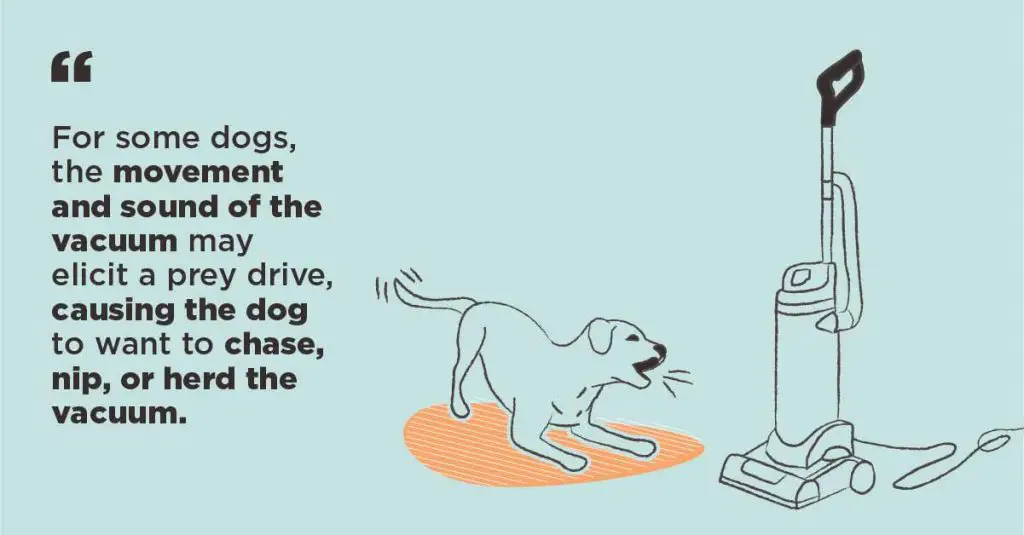
What Causes Dogs to Bark at Vacuum Cleaners?
To answer the question, “why do dogs bark at vacuums?” we have to investigate the underlying causes for this type of behavior.
You can’t stop vacuuming, especially considering you have a dog in the house, shedding its fur all around. Dogs are highly sensitive creatures with extremely heightened senses. Some of their prominent senses include smell and hearing, and vacuums seem to affect both of them significantly.
We have put together a list of reasons, so it’s easier for you to pinpoint why your dog runs away or starts barking when you bring out the vacuum cleaner.
Often, domesticated dogs aren’t groomed correctly from the start and are not exposed to vacuum cleaners. Due to the heightened senses of dogs, vacuums can be pretty menacing for them. So when they’re not familiarized with these dust-sucking machines, they naturally develop a phobia for it.
When puppies are brought into a household, they are trained by their owners to become acceptable and accustomed to various sound frequencies, items, and situations within a house. Moreover, they are also familiarized with the surrounding environment to avoid any future problems.
A major reason behind the fear of vacuum cleaners is that it is loud and big. Dogs perceive it as threatening and assume that it is attacking them, which causes them to shift into flight or fight mode. They either start barking, hiding, or howling. If your furry pet hasn’t been introduced to this machine gradually and in a non-threatening way, then they will be terrified of it.
Most animals, like humans, tend to step into the ‘flight or fight’ mode when confronted with dangerous situations. The same case applies to most dogs. While some are inherently frightful pets, others also require time to get accustomed to situations before getting rid of their fear.
Dogs, like Chihuahuas, make extremely fearful pets that scare away quickly, especially when they come in close contact with unfamiliar people and objects.
Every dog comes with its unique disposition, some being inherently more fearful as compared to others. This implies that some dogs are just naturally scared of certain objects, such as vacuums.
Dogs are brilliant creatures. It’s not difficult for them to tell apart a human and an object. However, the problem is that most objects don’t tend to move around as vacuum cleaners do. When moving, a vacuum cleaner appears to be a bizarre object, which flusters dogs. Hence, they react negatively when they see vacuum cleaners.
When dogs come into contact with an unfamiliar face or object, they naturally assume that they’re an intruder and step into the flight or fight mode. While some dogs may choose to run away, others decide to stand their ground and defend their territory. Dogs tend to have great herding instincts when it comes to being confronted with an intruder, including a vacuum cleaner.
This herding instinct is found to be especially prevalent amongst territorial dogs such as mastiffs or shepherds. If it appears as if your dog is barking or chasing the vacuum due to fear, it might be your pet asserting its herding instinct. The dog might see the vacuum cleaner as a disobedient animal that needs to be taught a lesson.
Dogs are extraordinary creatures that have heightened senses – one such sense is hearing. Dogs tend to have excellent hearing ability and can pick up sounds of various frequency levels. It sounds that it might be pretty normal for humans, such as mid-level noises can be very distressing and discomforting for dogs.
As we all know, how loud vacuums can get, this noise can get to dogs, causing them great distress. They tend to react to this sound very fearfully or aggressively even if you have purchased a special pet hair vacuum cleaner for your house. Vacuum cleaners, in general, let out high pitched squeals that can be disturbing for humans so that you can imagine their impact on dogs.
You may have noticed dogs running and barking at passing cars or any other noises. This is because dogs can develop a sound phobia when they’re exposed to noises they’re unfamiliar with. The larger the vacuum, the louder the noise and the more threatening it is to the dog. The loud sounds of a vacuum, coupled with its strong vibrations, can indeed startle a dog, causing distress and panic.
It is important to remember that if a dog has been startled by a vacuum once, it can turn into a phobia over a certain period. Just like humans, when dogs are confronted with a startling incident once, they tend to develop deep-rooted fears over some time.
So, if your fluffy pet was exposed to a vacuum cleaner previously and had a distressful experience with it, it could scar the dog and cause it to develop severe phobias over time. For instance, in the past, if your dog was chased by a vacuum cleaner, then it will most probably develop a phobia.
A dog’s sense of smell is multiple times better than a human’s sense of smell. So, if you smell something disgusting, it is probably ten times stronger for your dog. When running your vacuum back and forth on your floor, certain scents can be pushed out into the air, which your dog probably isn’t used to.
Additionally, a vacuum cleaning lifts dust and debris from around your house, giving birth to an unfavorable sensation for your dog. This makes the dog pretty defensive around the cleaner.
Your dog may hate the aspiration of the vacuum. Even though a dog’s reaction to a vacuum cleaner remains under speculation, it is assumed that the suction of a vacuum cleaner bears significant resemblance to the behavior of a dog when it smells a scent. It’s common knowledge that dogs use their noses to identify new territories or animals.
Since a vacuum cleaner also appears to be sniffing like a dog, your pet can quickly realize and interpret it. The suction of a vacuum cleaner seems to be so violent as compared to a dog’s sniff that the dog may find it pretty intimidating.
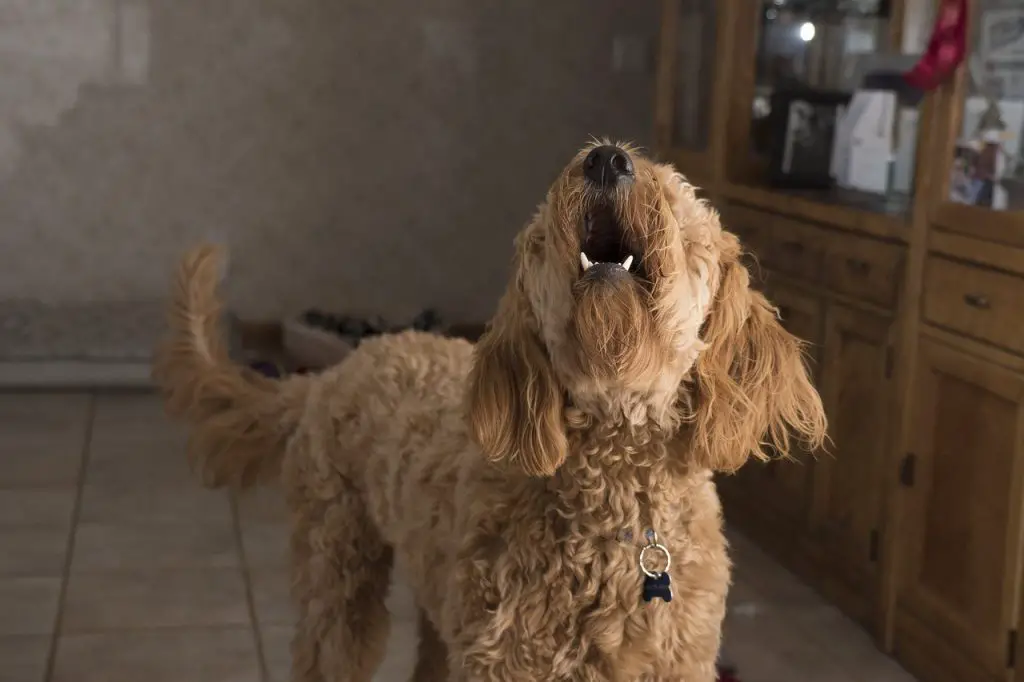
Signs Your Dog Is Afraid of a Vacuum Cleaner
Dogs react to vacuum cleaners in different ways. Some dogs bark, while some hideaway or even start drooling. The reaction of dogs to vacuum cleaners majorly relies on their basic natural temperament. There are a few indicators that can help identify if your dog is scared of the vacuum cleaner.
A common misconception is that drooling is a widespread behavior exhibited by dogs. However, many animal experts suggest that drooling is instead a reactive action than behavior. There are multiple reasons behind why dogs drool, the most obvious one being anxiety.
Dogs tend to drool a lot when they’re distressed or anxious. The sight, as well as the sound of a vacuum cleaner, can be pretty scarring for animals, especially dogs. So, if you notice your dog drooling or salivating excessively when you turn on the vacuum, then you need to monitor your pet and find ways to keep it calm and composed.
A common instinct shared by both humans and animals is the ‘flight or fight’ instinct. Animals tend to instinctively embrace the flight mode and seek protective cover when confronted with potential danger.
If you notice your dog running to find shelter under furniture, such as tables and chairs, when the vacuum is on, it indicates that your pet is scared of this monstrous electronic device.
Your pet chooses to hide under furniture as it believes that the vacuum cleaner won’t be able to reach it in that position. That specific spot offers them a sense of protection from a rather dangerous situation.
Many people remain unaware that urinating is a rather reactive action that dogs display. Dogs pee when they’re frightened. If you find your pet constantly urinating at the sight of the vacuum, then this is a prominent indicator of its fear.
Your pet’s urinary habits will have to be monitored. In my cases, dogs pee within the house only when the vacuum is turned on. So, when a well-groomed dog tends to do so, it displays an anxious and distressful situation.
Dogs are active creatures that love running around. However, if you find your furry pet pacing around in various directions at unconventional times when the vacuum is turned on, then this reflects signs of uneasiness. Dogs prefer wandering outside the house, but when it does so inside, it is assumed as abnormal behavior.
Barking is another obvious indicator that something is wrong. Dogs bark when they are frightened, terrified, or feel challenged by something or someone. Dogs are friendly, yet territorial creatures that bark at anything that threatens their space.
If your dog starts barking in the house all of a sudden when you turn on the vacuum, then that is a sign of disturbance. It is only natural for dogs to bark at strangers, but when there are no strangers, and your dog is inside the house, then it’s probably doing so because of the vacuum cleaner.
If you find your dog destructively chewing on objects, such as wires, pillows, and even armchairs, around your house, then it is scared. When confronted with frightening situations, dogs can become destructive at times.
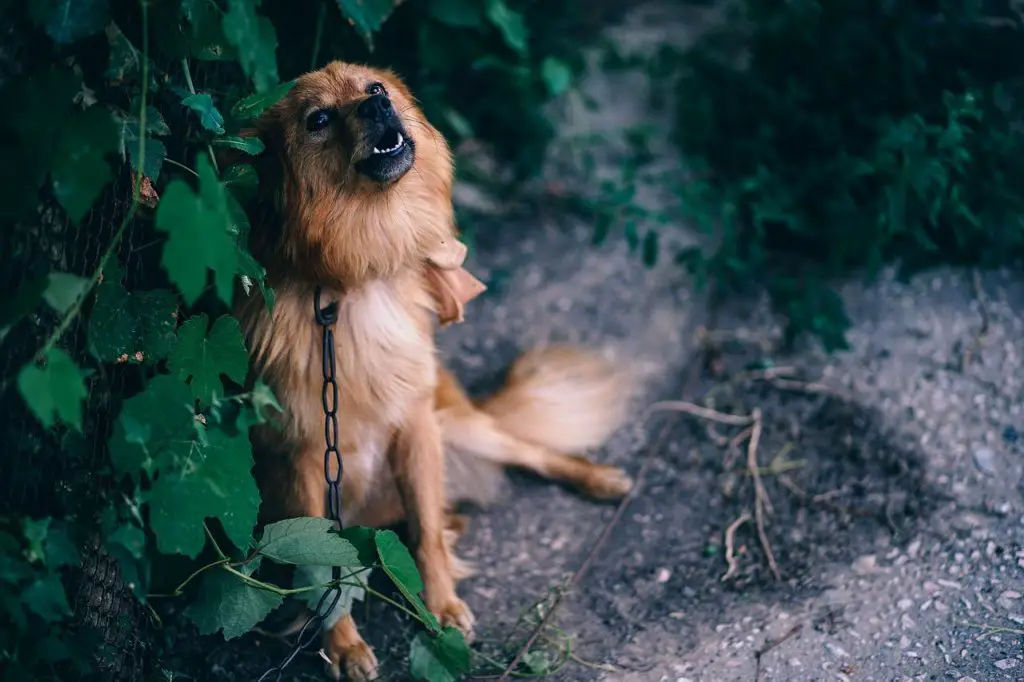
How to Manage Your Dog’s Fear of Vacuum Cleaners?
Now that you know why dogs bark at vacuums, let us come up with a social to stop this annoying canine behavior.
If you noticed the apparent signs and recognize the distress or fear of your pet, don’t fret. There are a few techniques that you can use to manage your beloved pet’s fears.
1. The Easy Way Out
This solution is for those owners who don’t prefer being too involved and are looking for an easy way out. When you plan on whipping out your vacuum cleaner, the right idea is to manage your pet’s environment beforehand to avoid any distress.
You can keep your dog from confronting its worst fear by placing it in a quiet room where it can’t hear the noisy vacuum. You can also throw a toy in there to keep his mind off of it by keeping it occupied. If you have a television or music player in the room, turn it on to reduce the awful noise.
2. The More Involved Solution
This solution is for those owners who want their beloved pets to face their fears by changing their perception about vacuum cleaners. This solution requires more involvement, as you have to train your dogs to overcome their fears.
The key to this is operating very slowly and gradually, helping your dog overcome its fears, especially if your pet has a long-standing fear of it. Training your dog is a slow process, and it comprises of three main steps.
Don’t we all appreciate Pavlov and his theory? You can start training your furry pet by building a positive association. For this process, you will require an additional person who’s willing to help you. Fill up your pockets with yummy dog treats. Bring your dog into a quiet room and ask your friend to stand far enough that your pet doesn’t get triggered upon the appearance of the vacuum.
Ask your friend to bring in the vacuum so that your pet can view it, but tell them not to turn it on yet. Start feeding your dog the treats and continue doing so. Ensure that your dog can see the vacuum and remains in a relaxed position. You can have your friend take the vacuum away while you stop feeding your pet the small treats.
By repeating this process multiple times, you will condition your dog to develop a positive association with the vacuum— every time he sees the vacuum cleaner, he gets a goodie. After a few tries, you can remove the vacuum and see your dog’s reaction. If it has an expression that says, ‘where are my goodies?’ It means that you’ve been successful at establishing a positive relationship.
The next step of the process includes introducing subtle vacuum movements while feeding your dog. Ask your friend to move the vacuum cleaner while you keep feeding it tasty dog treats. After a while, have your friend stop moving the vacuum cleaner while you stop feeding your dog goodies.
This step will have to be repeated for a while. Throw in different vacuuming movements so that it appears as if you’re vacuuming. Over time, move the vacuum closer to your dog while feeding him treats and keep monitoring its expressions and body language to ensure that it remains relaxed. If your dog looks nervous, it means that you’re moving too fast and need to slow down the process.
After you feel like your dog has become accustomed to the sight and movements of the vacuum, it’s time to turn it on! This is perhaps the scariest part of the process, as you need to ensure that your dog remains happy and calm throughout the process.
Ensure that your dog is calm and relaxed before you turn on the vacuum. Ask your friend to switch on the vacuum cleaner for a bit while you offer your tasty dog treats. Stop feeding your dog when your friend turns the vacuum off.
This process needs to be well-monitored. So, if your dog is reluctant to devour the treats, it means that the vacuum is too close to it. In this case, you should increase the proximity between the two or shut it off for a while. Not only does this process require effort, but it’s also time-consuming as you’ll need a few weeks of training sessions before your dog becomes mildly comfortable with it.
The Bottom Line on Why Do Dogs Bark at Vacuums
Dogs certainly make the best pets – they are loyal, friendly, and oh-so-loving. As a pet owner, you never want to see your dog upset, and you try your best to make them happy. But what to do you when you have to vacuum your home.
There’s no need to be too concerned if your dog is scared of your vacuum cleaner – this behavior is quite common. With a little time and effort, your fluffy pet will become accustomed to the vacuum cleaner and its noise.

